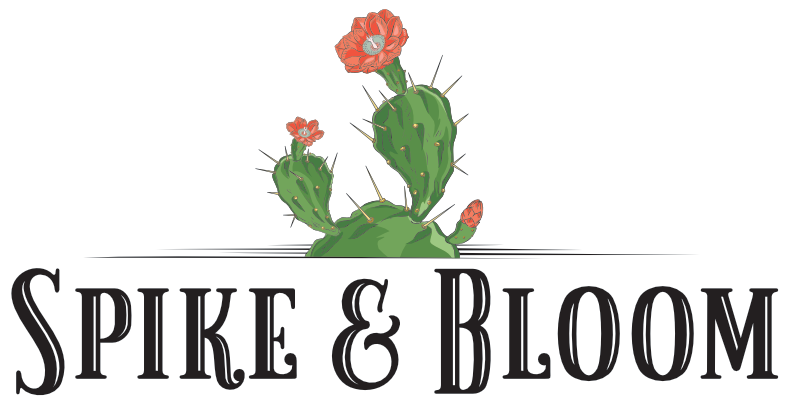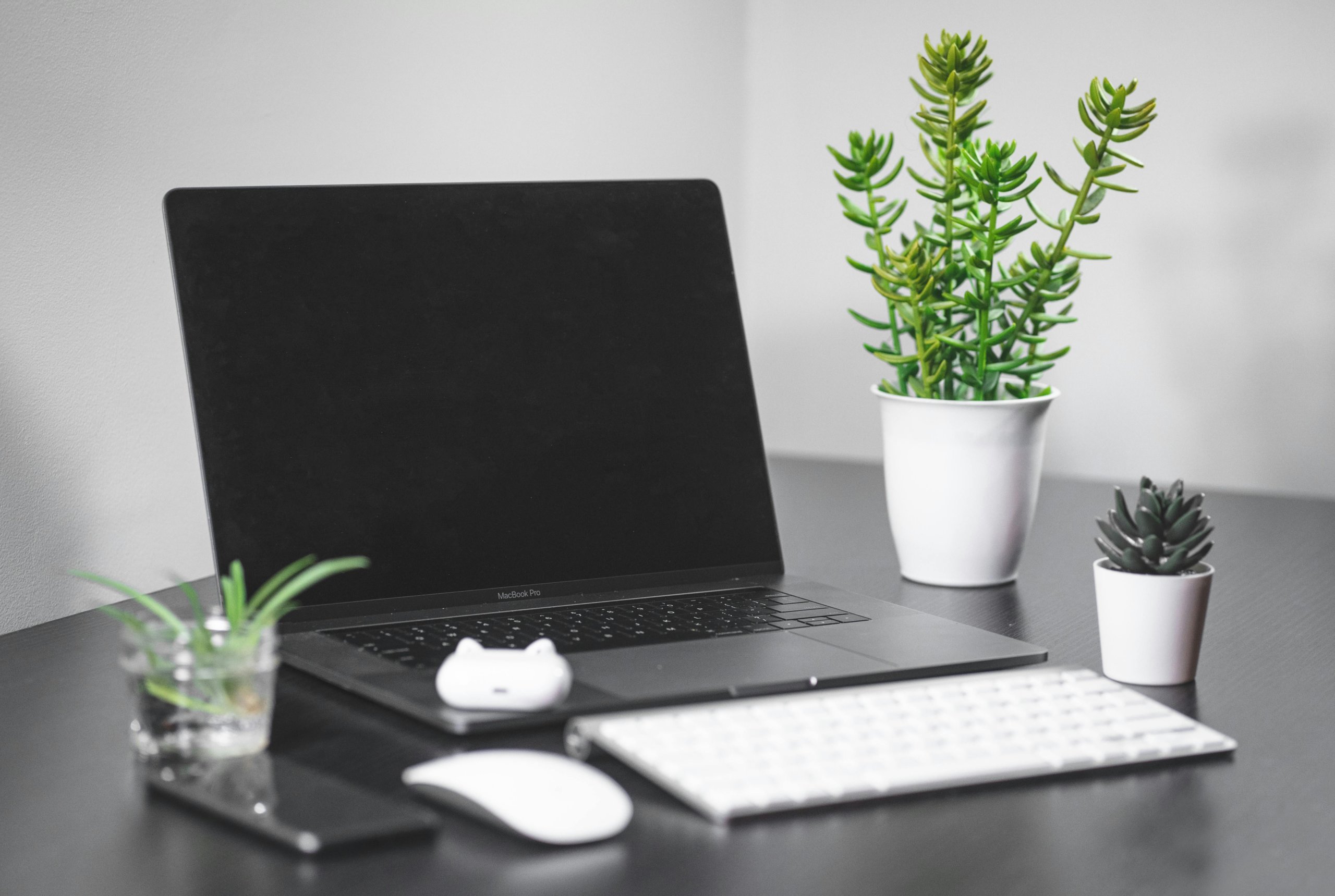Succulent Office Desk Plants
Adding a plant to your desk can make your workspace feel more inviting without demanding much effort. Succulents stand out as a smart choice because they stay compact, need little care, and adapt well to indoor conditions. Succulent office desk plants give you greenery that is easy to maintain and well-suited for small spaces.
You can choose from many types, whether you prefer the clean look of aloe, the sturdy leaves of jade, or the unique shapes of living stones. Each option brings a different style while staying practical for an office setting. With the right pick, your desk can feel more balanced and less cluttered.
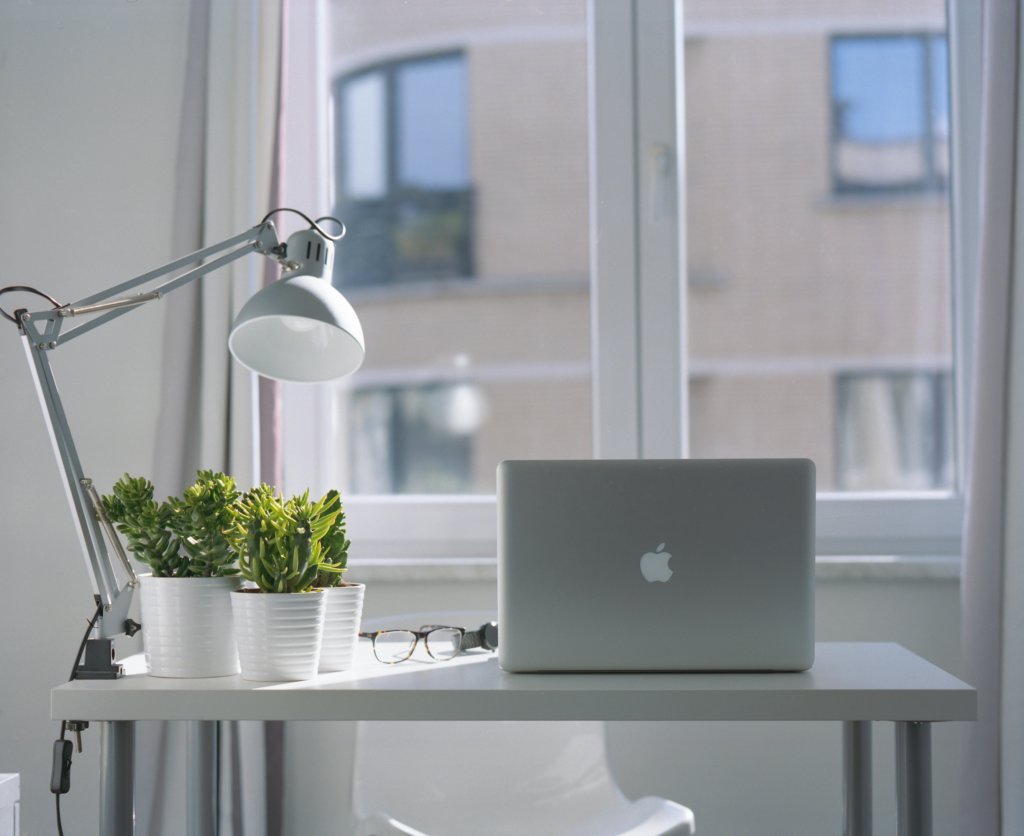
Caring for these plants is simple, and they don’t need constant watering or direct sunlight to thrive. Beyond their low upkeep, they can also create a calmer environment and help you focus during the workday. This makes them a useful addition to both your desk and your routine.
Best Succulent Office Desk Plants
Succulent desk plants stay compact, need little water, and adapt well to office conditions. Some varieties focus on easy care while others bring unique shapes or textures that fit small spaces.
Top Low-Maintenance Succulents for Desks
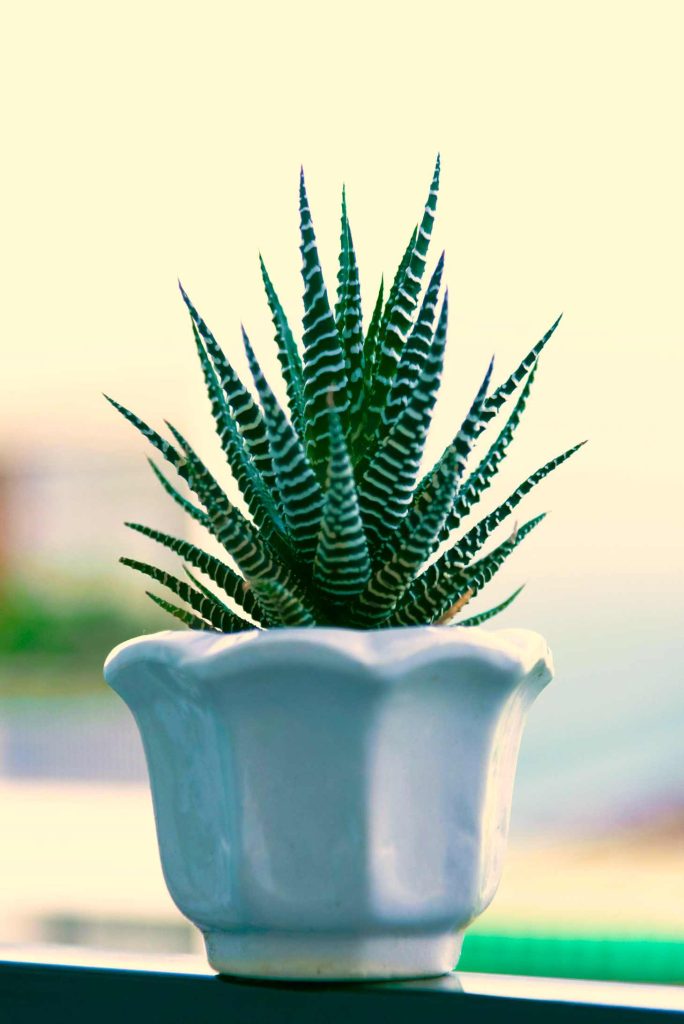

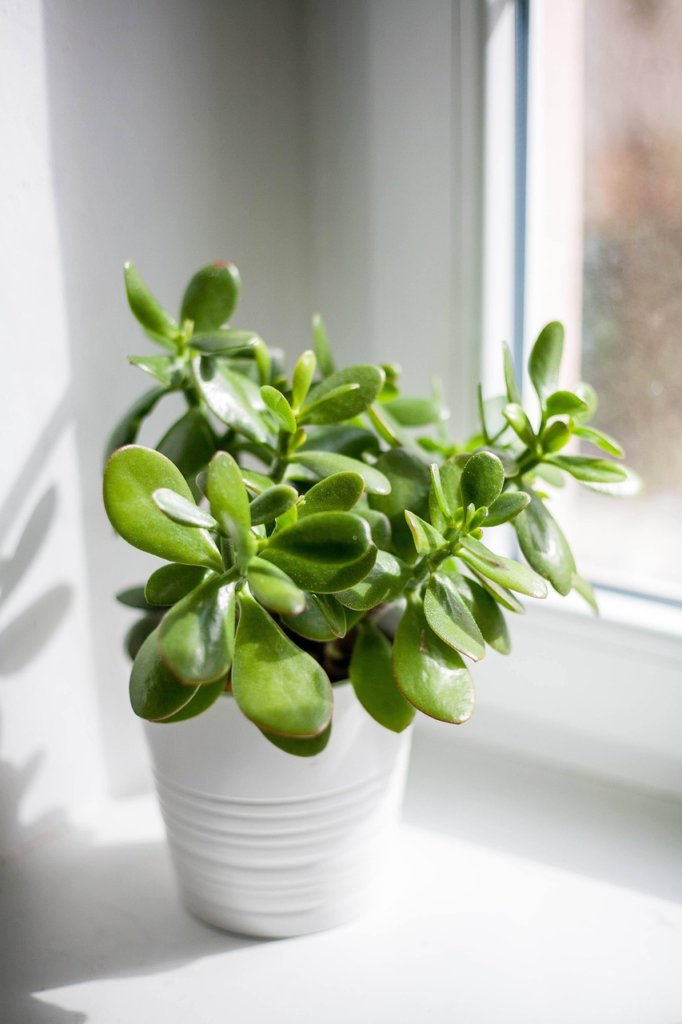
If you want a plant that thrives with little attention, start with Haworthiopsis fasciata (Zebra Plant). Its striped leaves stay small and upright, making it perfect for limited desk space. It tolerates low light and only needs watering every few weeks.
Another reliable choice is Aloe vera. Beyond its simple care, it has thick leaves that store water, so you don’t need to worry if you forget to water it. Place it near a window for the best growth.
The Jade Plant (Crassula ovata) also works well for desks. Its round, fleshy leaves make it sturdy and long-lasting. It prefers bright light but adapts to indoor conditions.
You can also try Dracaena trifasciata (Snake Plant) or the Zamioculcas Zamiifolia (ZZ Plant). They handle neglect, low light, and dry air. These plants are almost impossible to kill, which makes them ideal for busy office schedules.
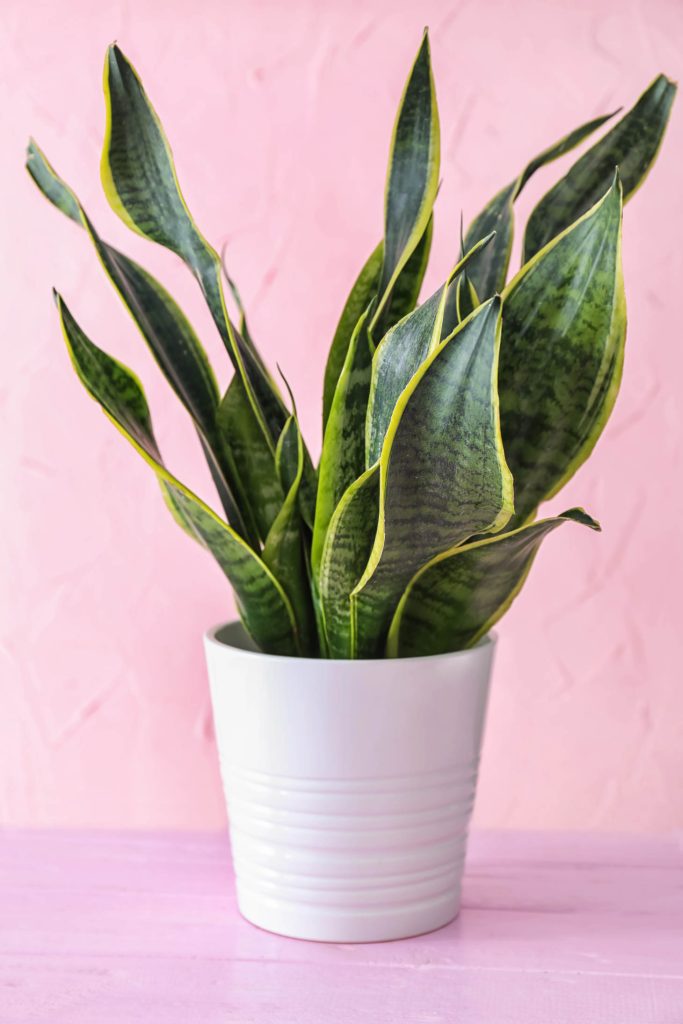
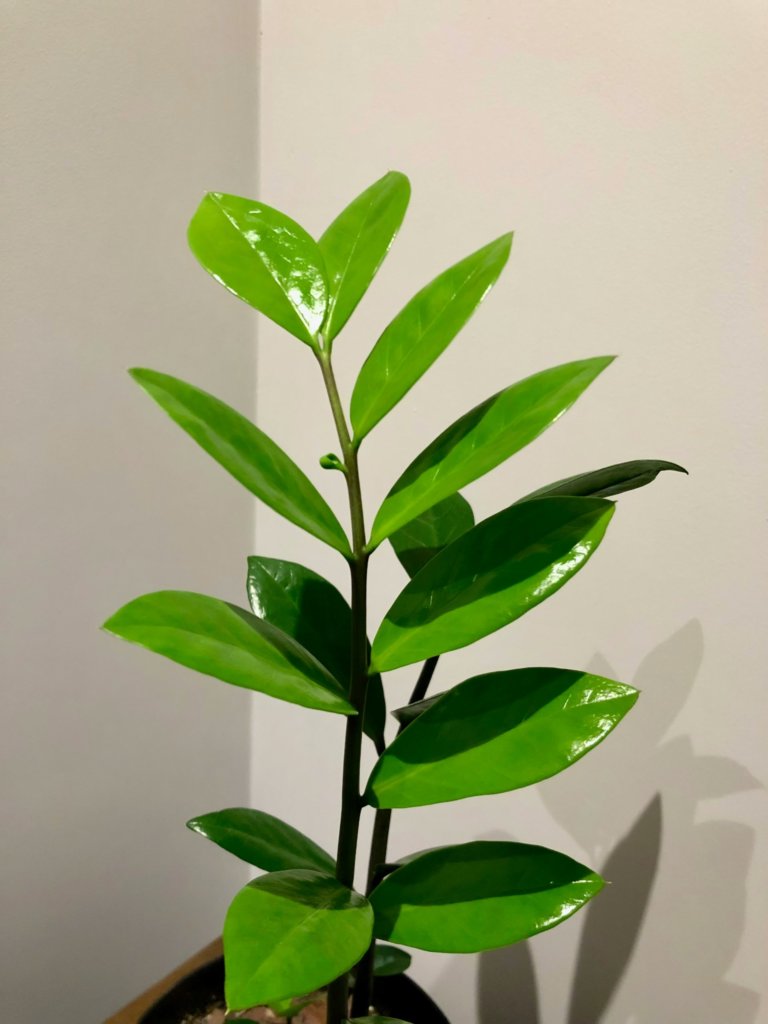
Unique Succulents for Small Spaces
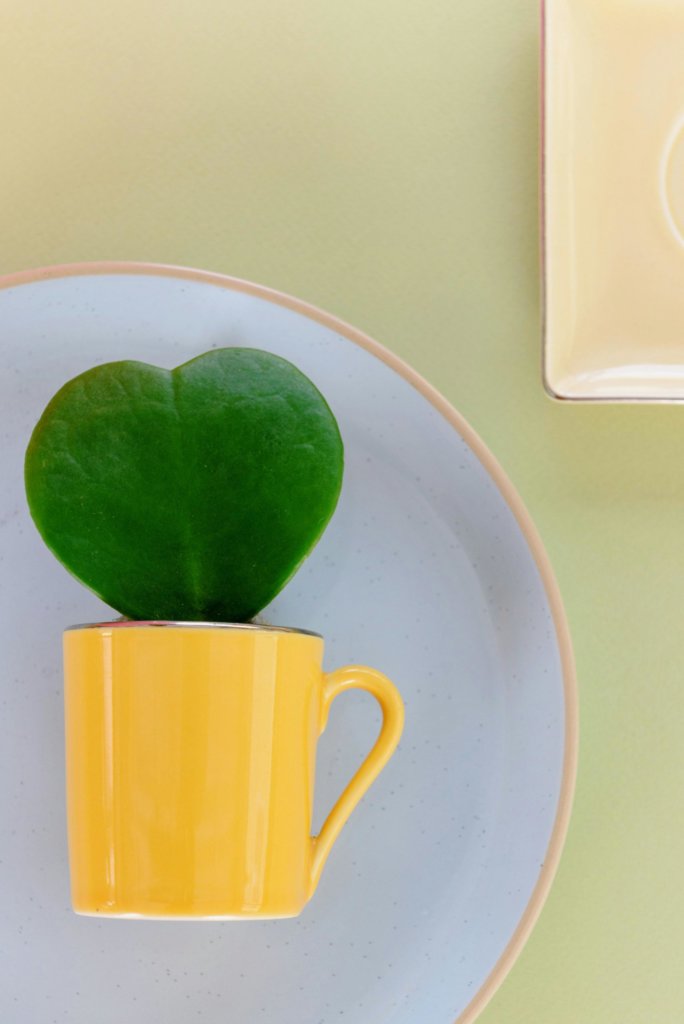
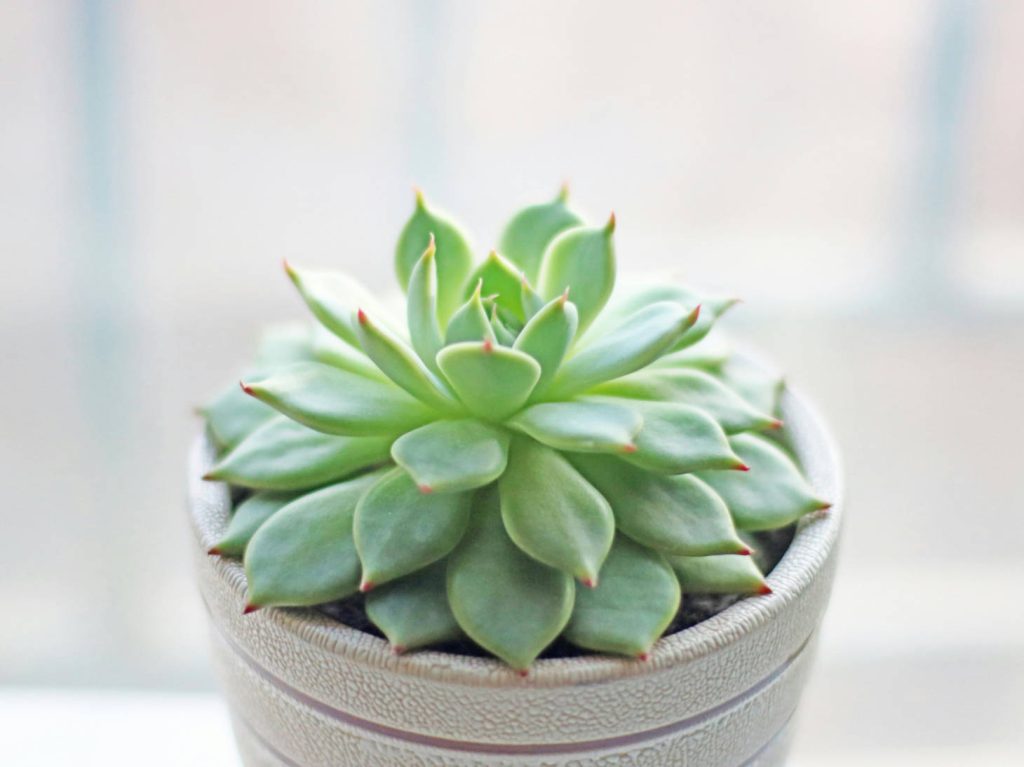
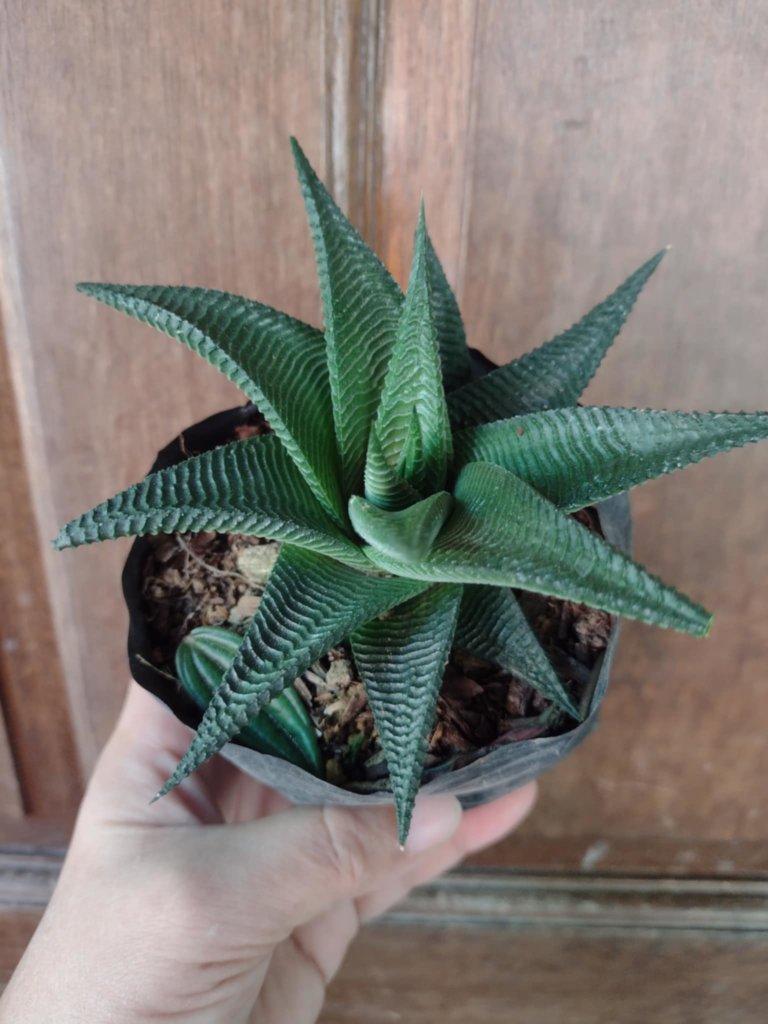
For something different, the Hoya kerrii (Heart Succulent) adds charm with its heart-shaped leaves. Often sold as a single leaf in a small pot, it fits even the smallest desk corner.
Echeveria varieties also stand out with their rosette shapes. They stay compact and come in many colors, from soft green to pink edges. Keep them near bright light to maintain their form.
If you like textured leaves, look into Haworthia species beyond the Zebra Plant. Their compact size and patterned foliage make them good accents without taking up much room.
How to Care for Succulent Desk Plants
Succulent desk plants stay healthy when you give them the right balance of light, water, and soil. Paying attention to placement, drainage, and avoiding common mistakes helps them thrive even in small office spaces.
Light and Placement Requirements
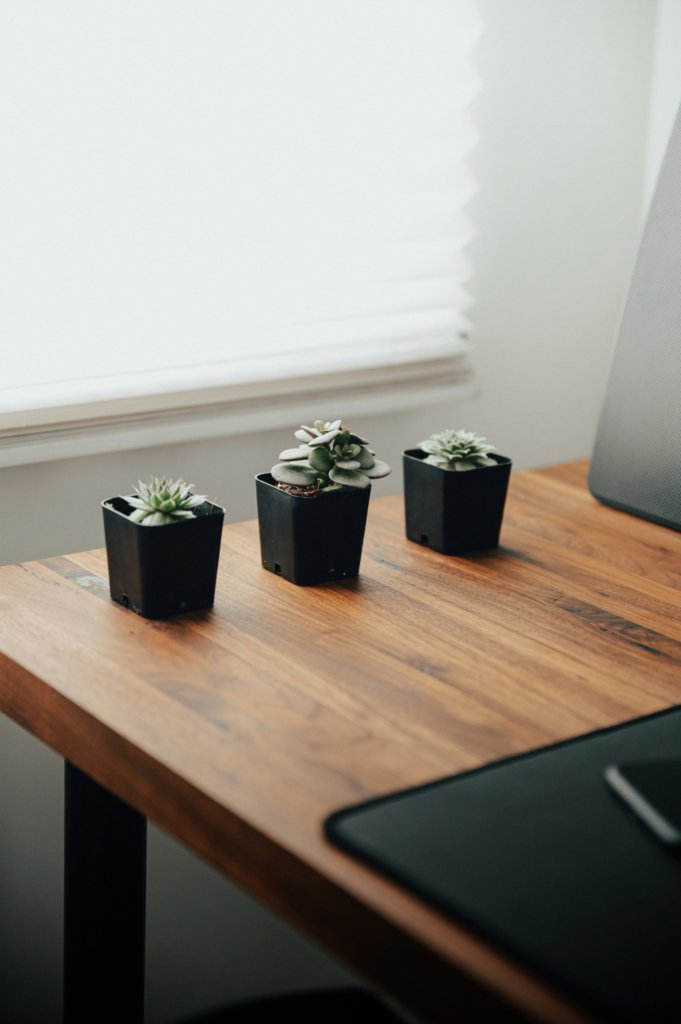
Most succulents, including echeveria, haworthia, and aloe vera, need bright but indirect sunlight. Place them near a south- or west-facing window, where they’ll receive steady light throughout the day. However, they should be protected from harsh, direct midday sun, which can burn their leaves.
If your office has low natural light, consider using a small grow light. LED grow lights work well because they give plants the spectrum they need without producing too much heat.
Avoid placing succulents directly under harsh midday sun, which can scorch leaves. At the same time, don’t keep them in dark corners for long periods. Poor lighting leads to stretching, where the plant grows tall and thin instead of compact.
A simple way to check light is to watch the plant’s shape. If it leans toward the window or loses its color, it may need more light or a better position.
Watering and Humidity Tips
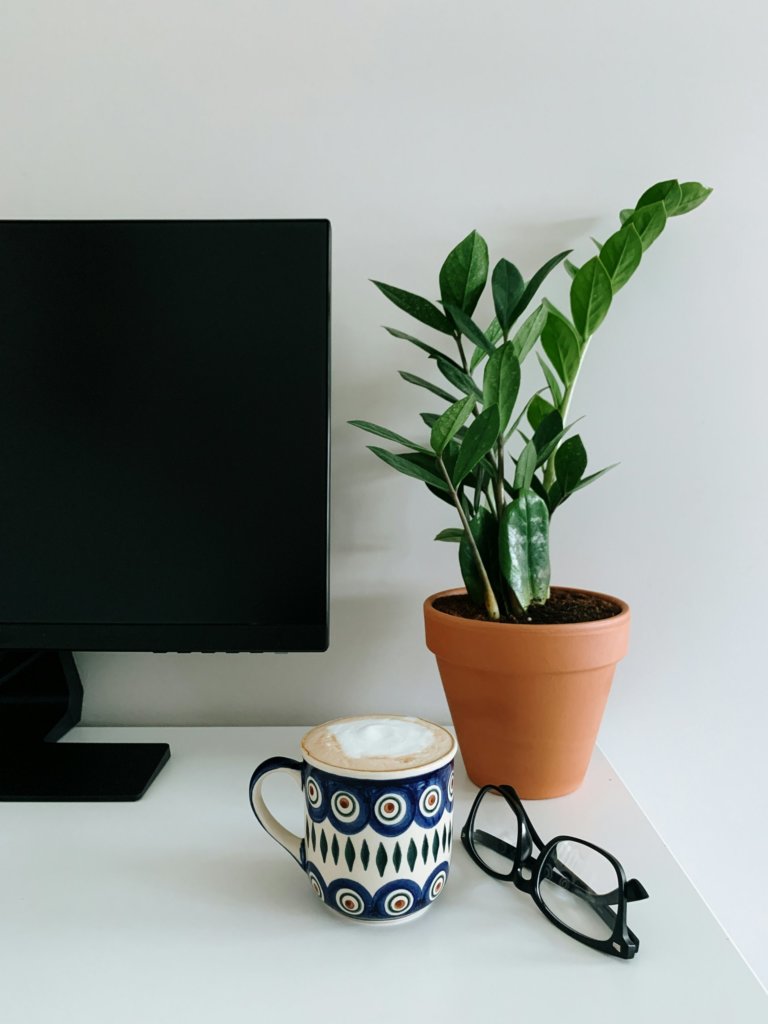
Succulents store water in their leaves and stems, so they don’t need frequent watering. A good rule is to water only when the soil is completely dry. For most desk plants, this means every 2–3 weeks.
Use the “soak and dry” method: water until it drains from the bottom of the pot, then let the soil dry out fully before watering again. Avoid shallow watering, which encourages weak roots.
Most offices have low humidity, which suits succulents. Plants like snake plant and zz plant also tolerate dry air well. Avoid misting, since extra moisture can cause rot.
A pot with a drainage hole is essential. Without it, water collects at the bottom, leading to root rot. Always empty the saucer under the pot if water collects there.
Choosing the Right Succulent Soil

Regular potting soil holds too much moisture, which can harm succulents. Instead, use a succulent soil mix that drains quickly. These mixes usually contain coarse sand, perlite, or pumice to keep the roots from staying wet.
You can also make your own by mixing 3 parts potting soil, 2 parts coarse sand, and 1 part perlite or pumice. This creates a light, airy texture that allows water to flow through easily.
For small desk plants like haworthia or echeveria, soil quality is especially important because their roots sit close to the surface. A dense soil will suffocate them.
Repotting every 2–3 years with fresh soil helps keep nutrients available and prevents compacted roots. Always choose a container with drainage holes to match the soil’s fast-draining properties.
Common Mistakes to Avoid
Overwatering is the most common mistake with succulents. Watering too often or letting the pot sit in standing water almost always leads to root rot.
Another mistake is using decorative pots without drainage. These may look nice on a desk but create poor conditions for the plant. Always check that your pot has a hole at the bottom.
Placing succulents in very low light for long periods is another issue. While zz plants and snake plants tolerate shade better, most succulents stretch and weaken without enough light.
Finally, avoid using regular indoor plant food too often. Succulents need only light feeding during the growing season, about once a month with a diluted succulent fertilizer. Too much fertilizer causes soft, weak growth.
Benefits of Succulents for Office Environments
Succulents can improve the air you breathe, help you stay more focused on tasks, and create a calmer atmosphere at work. Their small size and low maintenance needs make them practical for office desks without requiring much effort.
Air Purification and Health Advantages
Many succulents, such as snake plant and aloe vera, help filter indoor air. They can absorb certain toxins and release oxygen, which supports a cleaner workspace. While they may not replace an air purifier, they can still make a noticeable difference in small office areas.
Cleaner air can reduce minor issues like dry eyes or headaches that sometimes come from stale office environments. This small change can make your space feel fresher and more comfortable throughout the day.
Succulents also release moisture, which can slightly improve humidity levels. This helps balance the often dry air found in offices with air conditioning or heating systems.
Boosting Focus and Productivity

Having greenery in your workspace can help you stay more attentive. Succulents are especially effective because they fit easily on a desk without taking up much space. Their natural presence can serve as a subtle visual break from screens and paperwork.
Short mental breaks, like glancing at plants, can reduce fatigue and help you reset your concentration. This can make it easier to return to tasks with better focus.
Some common desk-friendly options include:
- Zebra plant
- Jade plant
- Echeveria plant
These varieties are small, tidy, and require little care, so they won’t distract you with constant maintenance.
Stress Reduction and Mood Enhancement

Succulents can create a calmer environment by adding natural elements to your desk. Even a single small plant can make your workspace feel less sterile and more welcoming.
Studies show that natural greenery can lower stress levels and improve mood. Looking at plants may help reduce tension during busy workdays.
You can choose plants like aloe vera or tree houseleek for their simple shapes, or mix different succulents for more variety. Their colors and textures can bring visual interest, which helps create a more pleasant and balanced workspace.
